Contents
Guide
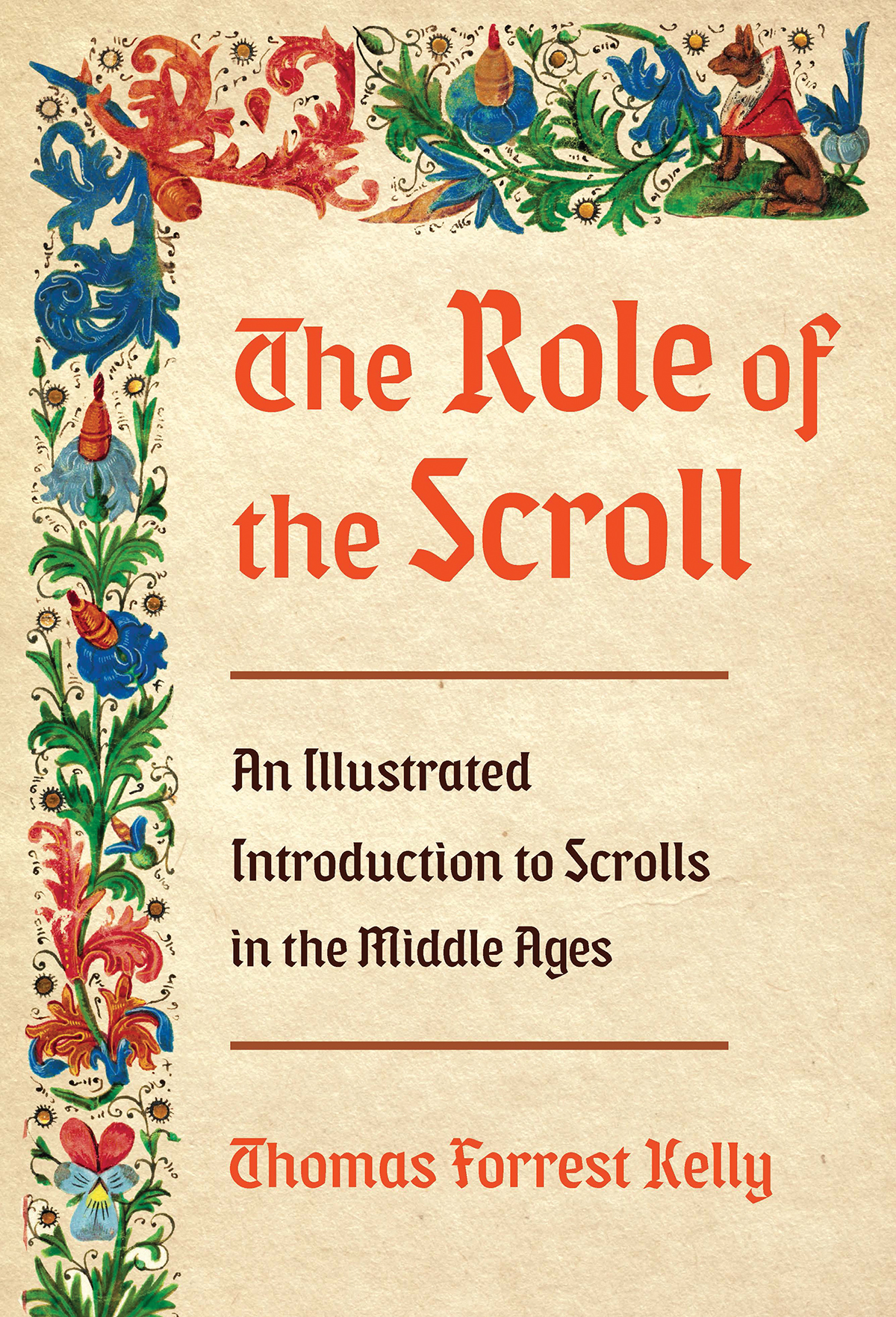
PRAISE FOR
The Role of the Scroll
This handsomely illustrated and lucid study surveys the scroll across centuries and cultures. Fascinating discoveries await the reader on virtually every page. A delight to the eye as much as to the mind.
Joseph Dyer, associate professor emeritus, University of Massachusetts, Boston
This is a wonderful introduction to the medieval scroll. A thoroughly enjoyable reading with numerous insights on this very popular form and exceptionally illustrated with key examples and explanatory captions.
Orietta Da Rold, Fellow at St. Johns College, Cambridge
ALSO BY THOMAS FORREST KELLY
Capturing Music: The Story of Notation
Music Then and Now

Copyright 2019 by Thomas Forrest Kelly
All rights reserved
First Edition
For information about permission to reproduce selections from this book, write to Permissions, W. W. Norton & Company, Inc., 500 Fifth Avenue, New York, NY 10110
For information about special discounts for bulk purchases, please contact W. W. Norton Special Sales at specialsales@wwnorton.com or 800-233-4830
Book design by Dana Sloan
Production manager: Anna Oler
Library of Congress Cataloging-in-Publication Data is available
ISBN 978-0-393-28503-1
ISBN 978-0-393-28504-8 (ebook)
W. W. Norton & Company, Inc., 500 Fifth Avenue, New York, N.Y. 10110
www.wwnorton.com
W. W. Norton & Company Ltd., 15 Carlisle Street, London W1D 3BS
TO WILLIAM STONEMAN

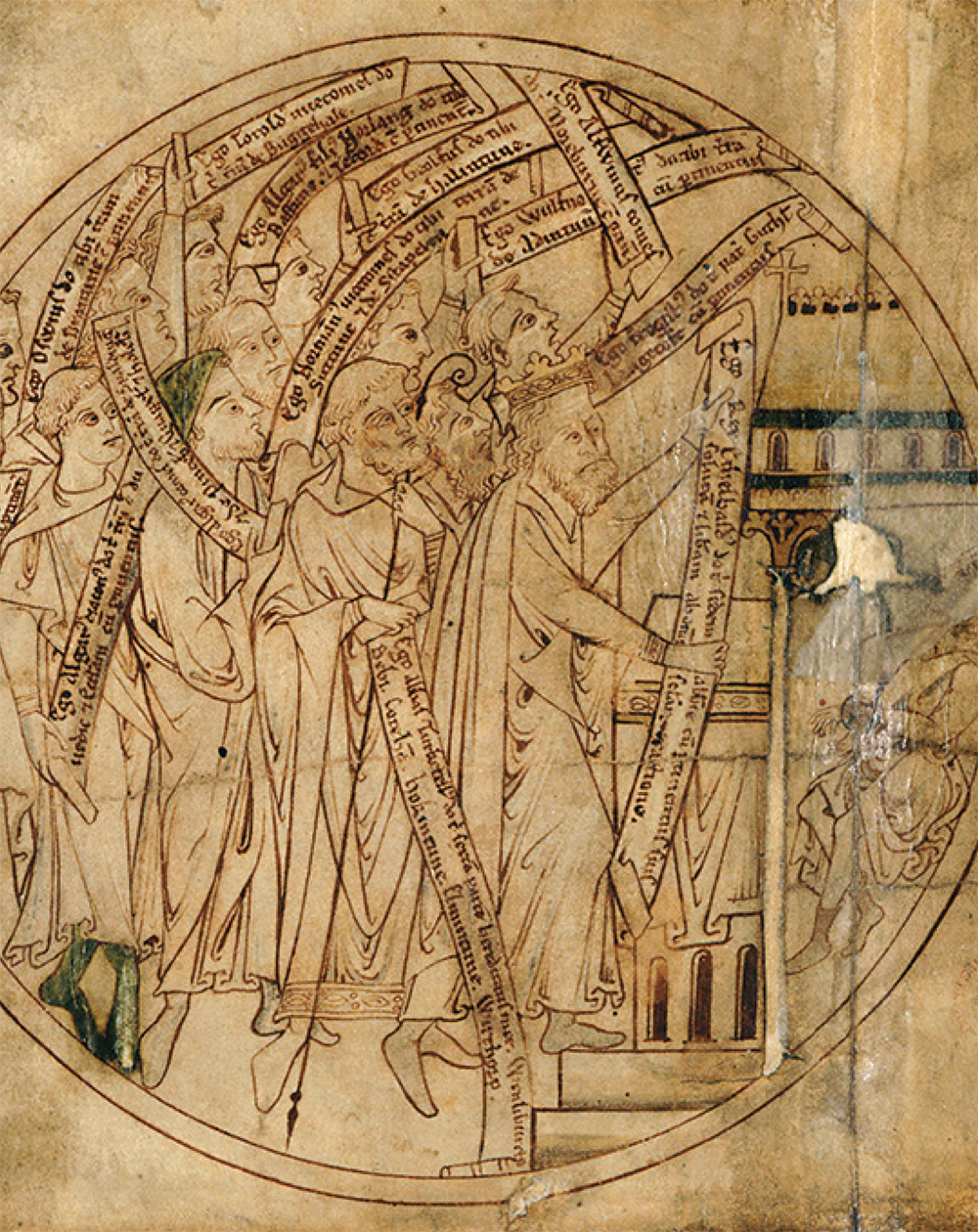
Detail from The Guthlac Roll (British Library, Harley Rolls Y6, f. 18r), the last of 18 roundels. ( See .)
Contents

S crolls are fascinating objects that have always been shrouded by an intriguing kind of aura, and a quality of somehow standing outside of time. Scrolls from the Middle Ages are particularly interesting to me, as I have come to encounter them again and again as I conduct research on this period in time. They can appear as everything from ancient diplomas to modern computer screens, and although we are used to long pieces of paper rolled upnewsprint, paper towelsa scroll as a vehicle for writing is an unusual object in our world. We are more used to books and magazinesall codices, as the Romans would have saidwith their folded and nested sheets written on both sides.
As individual objects, ancient and medieval scrolls hold our attention by their age, often by their beauty, and by the fact that their format is unusual. Youll find many of the most beautiful and unusual scrolls illustrated in this very book.
But more than a compilation of beautiful scrolls, this book is about the scroll as a phenomenon. I ask questions such as: Why did people make scrolls? Why did they make scrolls in the Middle Ages after the codex had become the standard way to record a long text? There are several reasons for this, I think, and they are good ones. The chapters that follow are centered on those reasonsfrom needing to represent space and time on a long line to providing a way of adding to a list and being able to roll something so tightly that it fits into a private amulet.
My fascination with scrolls brings me back to a day spent at the Vatican Library. While I was doing research for a book on the illustrated Exultet scrolls of southern Italy (they will come up here, too) and having a coffee break (the 11 a.m. coffee break at the Vatican Librarys bar is an international rendezvous, a hub of scholarly exchange), I told a friend what I was working on. Thats interesting, she said, How many medieval scrolls are there?
Having no idea of the answer, I went back to the library and started looking at books about the history of the book, books about writing, and the like. All the experts mention that the scroll gives way to the book in the fourth century. They all refer to the beautiful south-Italian Exultet scrollsbut they do not say much more. The assumption seems to be that once the book, or codex, arrives, the scroll is definitively left behind.
And thats true, but not quite. There are, in fact, hundreds, probably thousands, of scrolls from the Middle Ages. (And there are still scrolls being made today, but just not very many.) Discovering this, I tried to find out as much about scrolls as I could. Eventually, the first chapter of my book on the Exultet scrolls was a general introduction to medieval scrolls. This present volume, however, is a broader and more comprehensive version of that first attempt.
It became a bit of a project for me to make a list of scrolls. Every time I saw one, or saw a reference to one, I put it in a file. Over a period of almost twenty years, the folder has grown quite fat. In 2014, feeling that it was time to make this study more comprehensive and systematic, I taught an interdisciplinary seminar on scrolls at Harvard, along with my colleagues Beverly Kienzle and William Stoneman. We had a wonderful group of talented graduate students in various fields: history, theology, art history, and music. I gave them my list of scrolls, and my long list of literature on scrolls, and they engaged in a treasure hunt to try and find yet more scrolls and complete the bibliography.
At the same time, we presented in the Houghton Library an exhibition of a dozen medieval scrolls belonging to Harvard University, and prepared a series of videos on medieval scrolls for HarvardX, the online learning unit of Harvard University, as part of a larger series on the history of the book. A substantial website, medievalscrolls.com, now links all this materialexhibition, database, bibliography, videosand documents some six hundred scrolls from the Western Middle Ages. It does not, however, include scrolls in Greek: there is an ancillary list of several hundred Greek rolls, but theyre not in the main list partly because the list is of Latin and western European languages, and partly because were not convinced that the Greek list is comprehensive. But its there, in its incomplete form.
The material on this website is the most comprehensive information on scrolls in the medieval West available in the world today. With all this resource material available worldwide, it now seems possible, and I hope desirable, to present this book to those who may be interested in the phenomenon of the scroll. This book does not seek to show everything, nor is it meant to be comprehensive and cover all past scholarship on scrolls, even though it is based on long and thorough study. (That material is on the website.) What I propose here is an exploration, a set of highlights of some of the most interesting scrolls in medieval history, and I put them in the context of the people who made them, commissioned them, and used them.
So to my friends questionhow many scrolls are there?I have made an attempt at an answer. (About six hundred, if you limit the list to Latin and European vernacular languages, and omit the innumerable record-keeping scrolls.) But theres a second and equally important question: why make a scroll when you could make a book? This book is an attempt to answer that question.


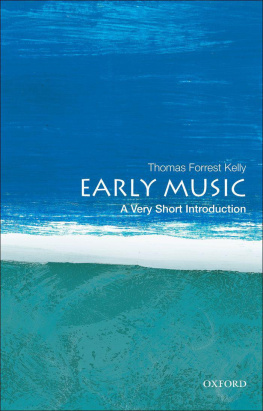


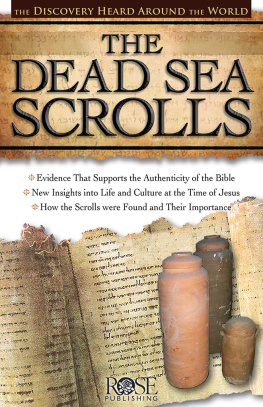

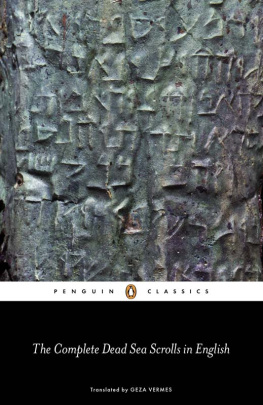
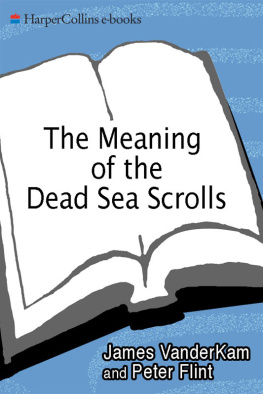
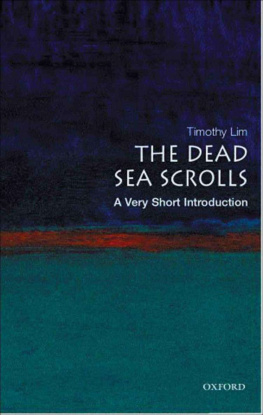
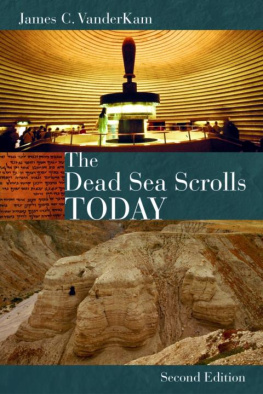



 Detail from The Guthlac Roll (British Library, Harley Rolls Y6, f. 18r), the last of 18 roundels. ( See .)
Detail from The Guthlac Roll (British Library, Harley Rolls Y6, f. 18r), the last of 18 roundels. ( See .) 